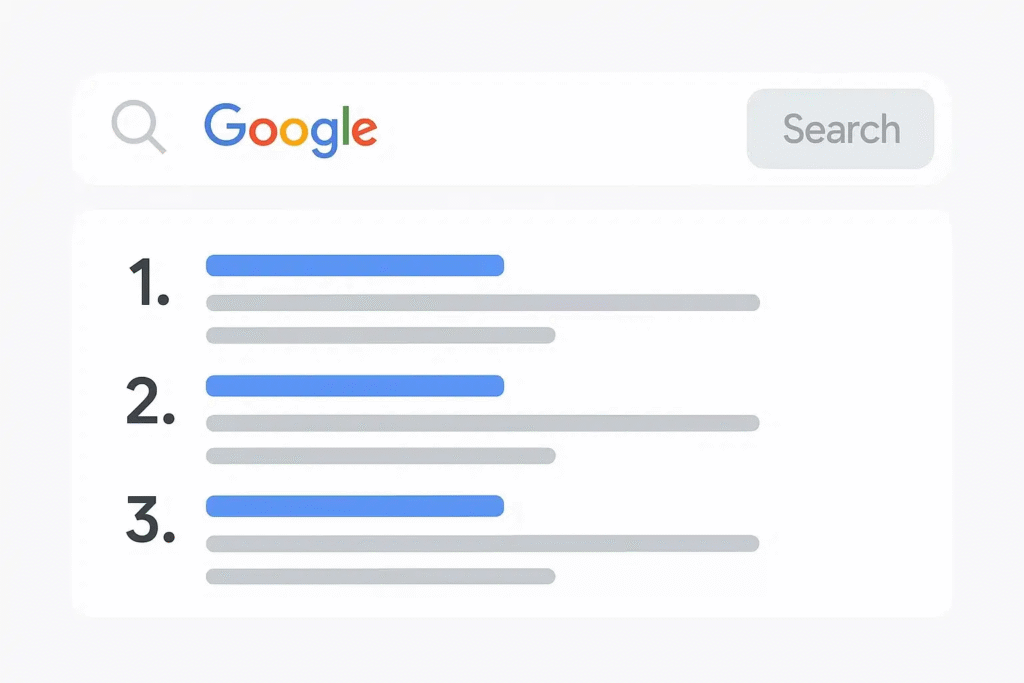Over the years, search advertising has undergone significant transformations, driven by advancements in technology and shifts in consumer behavior. Traditional text ads used to dominate the landscape, but as competition intensified and user expectations evolved, platforms like Google Ads introduced more versatile ad formats. Responsive Search Ads are a product of this evolution, designed to offer more flexibility and relevance. Unlike static ads with fixed headlines and descriptions, responsive ads adapt dynamically to match a user’s search intent by combining multiple headlines and descriptions. This shift aims to enhance user experience by serving more personalized, engaging ads, and it signals a broader trend in digital marketing—prioritizing automation and machine learning to deliver targeted, effective messaging.
How Responsive Search Ads Work and Their Core Components
Responsive SEA Ads are built around the idea of dynamic ad creation, where advertisers provide a variety of headlines and descriptions, and Google’s algorithms determine the best combinations to serve to users. Advertisers input several options for each component without needing to specify exact pairings, and the platform takes it from there, testing different combinations to identify which perform best in real time. This approach offers a level of automation that reduces the manual effort involved in creating and optimizing multiple ads while improving relevance by matching user queries more precisely. The core components include multiple headlines, varying descriptions, and optional ad extensions, all working together to deliver the most compelling ad that aligns with each search.

Benefits of Responsiveness: Why Marketers Are Embracing Them
The primary advantage of Responsive Search Ads lies in their ability to improve ad performance through greater relevance and flexibility. By testing numerous headline and description combinations, advertisers gain insights into what messaging resonates with different audiences, leading to higher click-through rates and better quality scores. Additionally, responsive ads expand your ad reach by incorporating diverse messaging, increasing the chances of showing a relevant ad regardless of the search query. This flexibility also reduces the need for creating multiple static ads, simplifying campaign management while maintaining or even boosting effectiveness. For businesses looking to maximize performance without constant manual adjustments, responsive ads are often seen as a strategic asset that delivers measurable results.
Challenges and Considerations When Using Responsive Search Ads
While responsive ads offer many benefits, they’re not without challenges. One common concern is the loss of complete control over messaging since Google’s algorithms determine the best combination of headlines and descriptions. For advertisers with a brand voice or specific messaging that must be consistently conveyed, this can be a worry. Furthermore, relying heavily on automation may lead to over-reliance on machine learning, which isn’t foolproof and might require continuous monitoring and tweaking. Additionally, some advertisers find it difficult to craft enough diverse and compelling headlines and descriptions to maximize the ad platform’s potential. Properly balancing the automation with brand consistency and strategic input is crucial to getting the most out of responsive search ads.

Are Responsive Search Ads Suitable for All Campaigns?
Not every campaign benefits equally from responsive search ads. They tend to work best in situations where messaging needs to be relevant to varying search queries, such as broad or exploratory campaigns, or those targeting diverse customer segments. For highly niche or brand-centered campaigns, static ads with carefully crafted messaging might sometimes outperform dynamic options because of their precision and consistency. Conversely, campaigns with a wide range of keywords and intents, especially in competitive markets, often see significant gains in relevance and performance when using responsive ads. It’s essential for marketers to evaluate their campaign goals and audience complexity when considering whether responsive search ads are the right choice.
Measuring Success and Optimizing Responsive Search Ads
The true test of whether responsive search ads are worth it comes from analyzing their performance. Key metrics like click-through rate, conversion rate, and quality score should be closely monitored. The beauty of responsive ads is their ability to learn over time—by observing which combinations yield better results, advertisers can identify effective messaging themes and pause underperforming headlines or descriptions. Additionally, continuous A/B testing of new headlines and descriptions allows marketers to evolve their ad copy and improve overall campaign performance. With automated insights and reporting, platforms like Google Ads make it easier to understand the impact of responsive ads and refine strategies accordingly, ensuring your investment translates into tangible business outcomes.
Are Responsive Search Ads Truly Worth the Investment?
Considering the ongoing shift toward automation and smarter ad formats, responsive search ads have become an integral part of many successful campaigns. They offer the flexibility to reach users with relevant messaging, reduce manual workload, and provide valuable insights into consumer preferences. For digital marketers aiming to stay competitive in a crowded landscape, dismissing responsive ads altogether might mean missing out on potential performance improvements. However, they should be integrated thoughtfully, with close attention to brand messaging, comprehensive testing, and performance tracking. Overall, when used strategically and monitored diligently, responsive search ads can deliver substantial value and are well worth the investment for most modern PPC campaigns.
